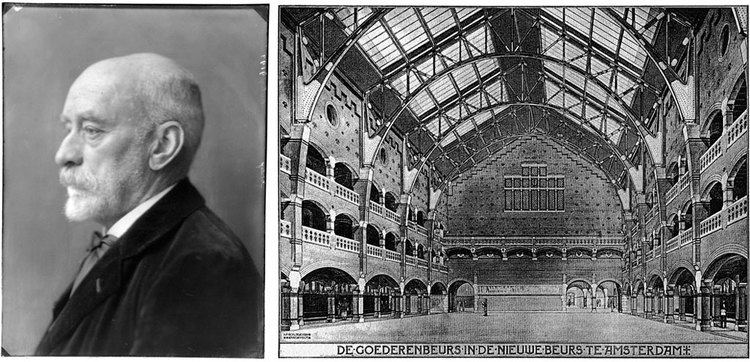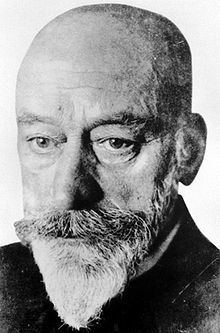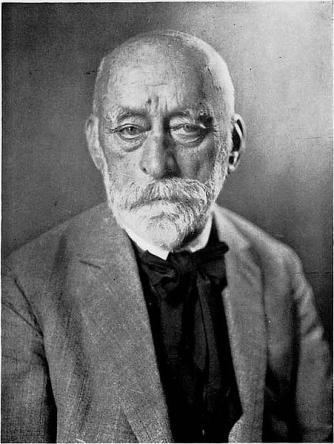Nationality Dutch Role Architect | Name Hendrik Berlage Occupation Architect | |
 | ||
Buildings the Amsterdam Commodities ExchangeHolland House, Bury Street, City of London (behind Norman's Foster's "Gherkin")the St. Hubertusslot part of the Kroller-Muller MuseumGemeentemuseum Den Haag Projects the plan for extension of Amsterdam, the 'Plan Zuid' or 'Plan Berlage'the Berlage brug (bridge) in Amsterdam Structures Beurs van Berlage, Gemeentemuseum Den Haag, Kroller‑Muller Museum, House - 42‑4 Oude Scheveni | ||
Netherlands gelderland jachthuis sint hubertus jachtslot architect hendrik petrus berlage
Hendrik Petrus Berlage (21 February 1856 – 12 August 1934) was a prominent Dutch architect.
Contents
- Netherlands gelderland jachthuis sint hubertus jachtslot architect hendrik petrus berlage
- De Schatten van Jan Hendrik Petrus Berlage
- Overview
- Public collections
- References

De Schatten van Jan - Hendrik Petrus Berlage
Overview

Berlage was born in Amsterdam. He studied architecture at the Zurich Institute of Technology between 1875 and 1878 after which he traveled extensively for 3 years through Europe. In the 1880s he formed a partnership in the Netherlands with Theodore Sanders which produced a mixture of practical and utopian projects. A published author, Berlage held memberships in various architectural societies including CIAM I.

Berlage was influenced by the Neo-Romanesque brickwork architecture of Henry Hobson Richardson and of the combination of structures of iron seen with brick of the Castle of the Three Geckos of Domènech i Montaner. This influence is visible in his design for the Amsterdam Commodities Exchange, for which he would also draw on the ideas of Viollet-le-Duc. The load-bearing bare brick walls and the notion of the primacy of space, and of walls as the creators of form, would be the constitutive principles of the 'Hollandse Zakelijkheid'.

A visit Berlage made to the U.S. in 1911 greatly affected his architecture. From then on the organic architecture of Frank Lloyd Wright would be a significant influence. Lectures he gave when returned to Europe would help to disseminate Wright's thoughts in Germany.
A notable overseas commission was the 1916 Holland House, built as offices for a Dutch shipping company in Bury Street in the City of London (behind Norman Foster's 30 St Mary Axe of 2003).
Considered the "Father of Modern architecture" in the Netherlands and the intermediary between the Traditionalists and the Modernists, Berlage's theories inspired most Dutch architectural groups of the 1920s, including the Traditionalists, the Amsterdam School, De Stijl and the New Objectivists. He received the British RIBA Royal Gold Medal in 1932.
Berlage died at The Hague in 1934. In 1970, the IAU named the lunar crater Berlage after him.
Public collections
Among the public collections holding works by Hendrik Petrus Berlage are:
